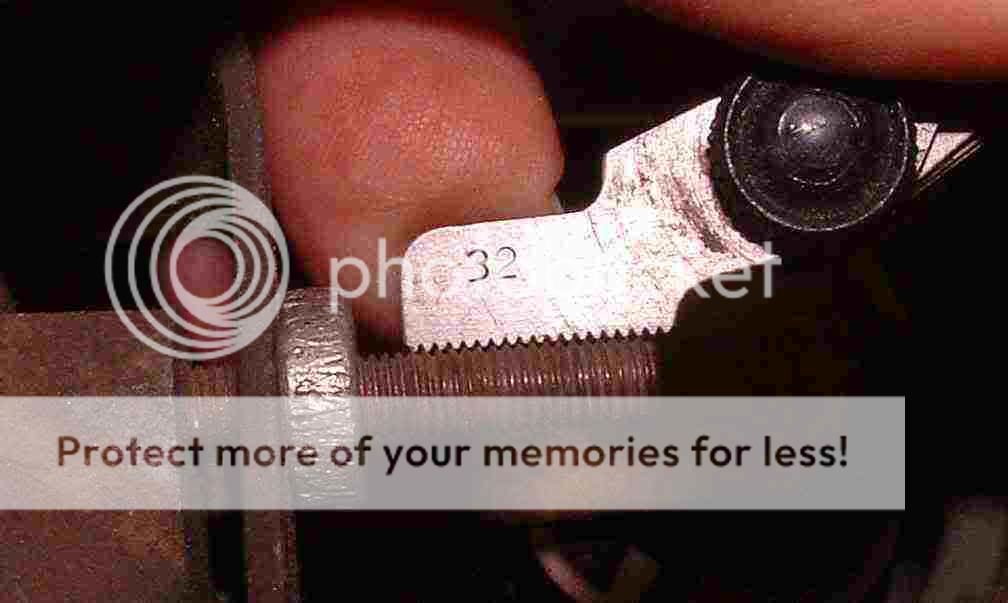Re: Need Help with a "THREAD SIZE" for a TR3:
DrEntropy said:
This ain't a mud slingin' contest, not to be taken as such.
Oh, absolutely! Just a difference of opinion, no disrespect intended.
As Andy says, the vast majority of fasteners on a TR3 are SAE standard (mostly NF). There are a few smaller bolts that are BA, but not all of them. And there are a few fasteners that don't fall into either system, like the studs on the gauges (which appear to be an oddball metric thread).
There are some BS thread gauges available at
https://www.samstagsales.com/whitworth.htm
but I haven't found them to be necessary. Instead, I recommend a strong eye loupe
https://www.harborfreight.com/5-piece-loupe-set-98722.html
and calipers
https://www.harborfreight.com/6-inch-digital-caliper-47257.html
Those, plus a good SAE gauge set and a thread chart like
https://mdmetric.com/tech/tict.htm
(which I have printed out and pasted to the wall) will make it easy to determine what thread you have.
For example, if the calipers give a diameter of around .183 (actual threads always measure slightly smaller than the nominal diameter given in the charts) and your 32 tpi gauge is just slightly too fine, then you are probably looking at a 2BA bolt.
Another way to tell what threads are involved is to look up the part number in the factory parts catalog. If the factory part number begins with letters rather than numbers, then it is a 'standard' fastener (which doesn't necessarily mean it is SAE) and you can look up the thread size and pitch in the
Triumph Standard Hardware Catalogue .
One other comment, in cases where the factory part number does not start with two letters, there is something special about that fastener, which may or may not be obvious. It might be a special alloy, or have a special (unthreaded) shank length, or an oddly shaped head. IMO it's best not to try to substitute such fasteners unless you are certain what is special and can find an equivalent fastener.

 Hi Guest!
Hi Guest!

 smilie in place of the real @
smilie in place of the real @
 Pretty Please - add it to our Events forum(s) and add to the calendar! >>
Pretty Please - add it to our Events forum(s) and add to the calendar! >> 



